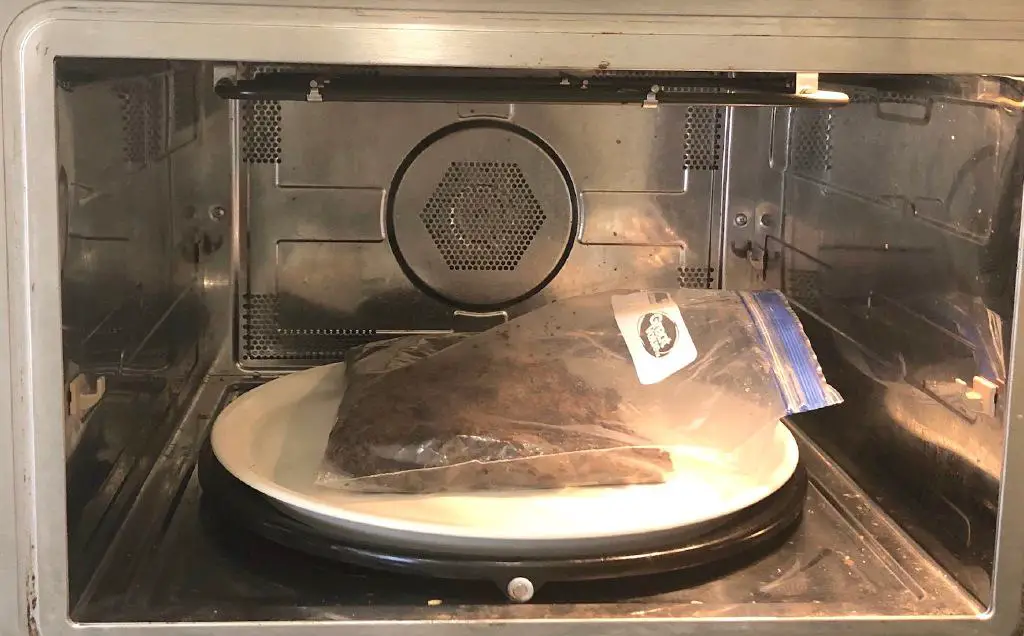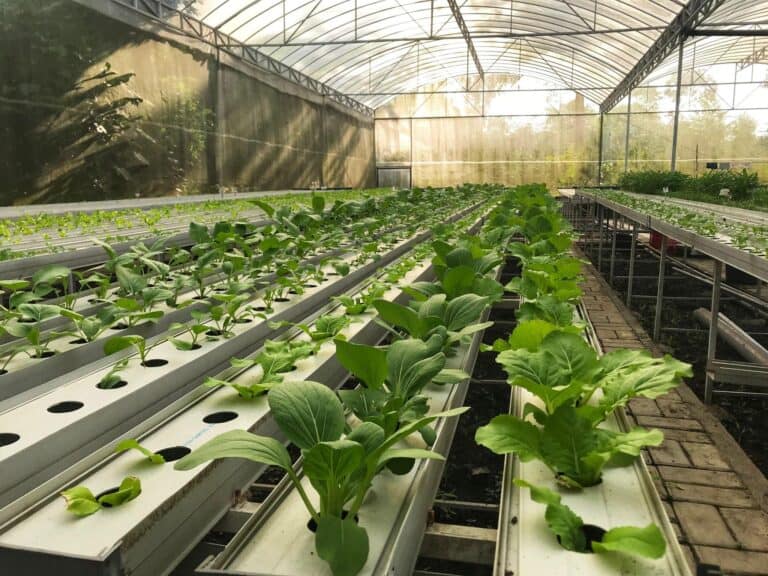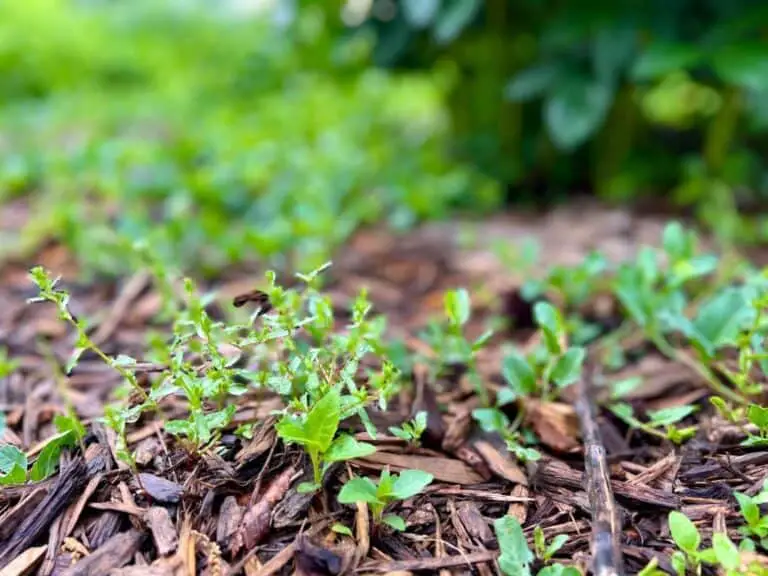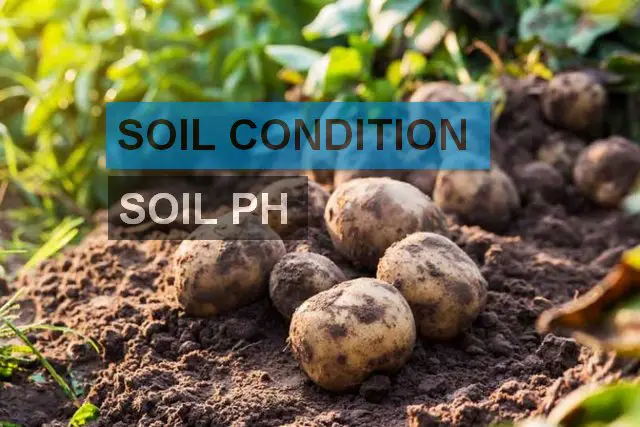How to Sterilize Compost in a Microwave: Quick and Easy Way

Welcome to the world of composting, where kitchen scraps and yard clippings transform into the lifeblood of your garden. Yet, amid this earthy alchemy, a challenge looms: unwanted seeds and pesky pathogens that can sabotage your gardening dreams.
Enter the unsung hero of your kitchen, the microwave, ready to revolutionize your composting game. In this article, we unveil a method that might just have you looking at your microwave in a whole new light – compost sterilization. Imagine turning your microwave, often relegated to reheating leftovers, into a powerhouse for plant health.
This guide unveils the quick and easy technique of using your microwave to sterilize compost, eliminating threats while retaining nutrients. Get ready to learn how a few minutes of microwaving can supercharge your compost, making your garden thrive like never before.
Why Sterilize Compost?
Compost sterilization has been a practice for quite some time in industrial greenhouses and among agricultural producers. The idea behind sterilizing soil is to eliminate any soil-borne pests, diseases, and weeds that it may contain in order to give whatever is planted in it the best chance of survival.
Here are some reasons why you might want to sterilize your compost:
- Eliminate pests and diseases: Sterilizing compost can kill off any pests or diseases that may be present in the compost. This can help prevent the spread of disease among your plants and ensure that they grow healthy and strong.
- Kill weed seeds: Sterilizing compost can also kill any weed seeds that may be present in the compost. This can help prevent weeds from growing in your garden and competing with your plants for nutrients and water.
- Ensure optimal growth: Sterilized soil ensures that your plant will be happy and healthy, and this means optimal growth. Better safe than sorry.
However, it’s worth noting that not everyone agrees that sterilizing soil is necessary. Some experts argue that sterilizing soil can also kill off beneficial microorganisms that help plants grow. Additionally, if you purchase new potting soil, it’s considered “sterile” because it has been treated with heat, steam, or chemicals to kill weed seeds and other pests.
Ultimately, whether or not you choose to sterilize your compost will depend on your personal preferences and the specific needs of your plants.
The Microwave Method: A Quick Overview
Your microwave, usually reserved for reheating leftovers, can also be a potent tool in your composting arsenal. The microwave method involves using the microwave’s heat to kill pathogens and seeds in a controlled manner. It’s a swift and efficient technique, perfect for small batches of compost or specific trouble spots.
Step-by-Step Guide
Let’s dive into the nitty-gritty of sterilizing compost using your microwave. Follow these simple steps to ensure your compost is primed for garden greatness:
- Select the Right Materials: Begin by gathering the compost you want to sterilize. This could be a small batch or portions that you suspect might contain unwanted seeds or pathogens.
- Choose a Microwave-Safe Container: Opt for a microwave-safe container that accommodates the amount of compost you have. Ensure the container has a lid, preferably one that’s slightly vented to release excess steam.
- Layer and Moisten: Layer the compost in the container, moistening it slightly as you go. The moisture aids in uniform heat distribution and helps create steam, which aids in the sterilization process.
- Cover and Vent: Place the lid on the container, leaving a small opening for steam to escape. This prevents the container from becoming a pressure cooker and ensures even sterilization.
- Microwave in Intervals: Begin microwaving the compost in short intervals, such as 2-3 minutes at a time, depending on the quantity. Between intervals, take a moment to gently mix the compost, ensuring even heat distribution.
- Check the Temperature: After each interval, check the temperature of the compost using a thermometer. Ensure it reaches around 160–165 °F (71–74 °C) to effectively kill pathogens and seeds. Remember, safety first: use oven mitts when handling hot containers.
- Cool and Cure: Once the compost reaches the desired temperature, carefully remove it from the microwave. Allow it to cool before using or adding it to your garden. This cooling-down period also provides an opportunity for beneficial microorganisms to reestablish themselves in the compost.
Advantages of the Microwave Method
Using the microwave for compost soil sterilization by heat offers a host of benefits that can’t be ignored:
- Speedy Process: Unlike traditional methods that might take weeks, the microwave method gets the job done in mere hours.
- Precision: Microwaving allows you to control the temperature precisely, ensuring effective sterilization without overheating.
- Spot Treatment: This technique is perfect for small batches or specific areas of concern in your compost.
- Retained Nutrients: Unlike some other sterilization methods, the microwave method minimizes nutrient loss, keeping your compost’s valuable organic matter intact.
Compost Sterilization Methods: A Comparison
| Method | Time Required | Precision | Nutrient Retention | Suitable for |
| Microwave Method | Hours | High | High | Small batches, spot treatment |
| Solarization | Weeks | Moderate | Moderate | Large batches, outdoor application |
| Steam Treatment | Hours | Moderate | Moderate | Bulk compost loads |
| Chemical Agents | Hours | Low | Low | Professional facilities |
A Few Cautions and Considerations
While the microwave method is an efficient solution, there are a few points to consider:
- Container Choice: Ensure the container you use is truly microwave-safe. Some materials can release toxins when heated.
- Temperature Monitoring: Regularly check the compost’s temperature to avoid overcooking or undercooking. Proper sterilization requires hitting the sweet spot.
- Safety Measures: When handling hot containers, use oven mitts or heat-resistant gloves to avoid burns.
Can All Types of Compost Be Sterilized Using a Microwave?
While the microwave method of compost sterilization offers efficiency and convenience, it’s important to note that not all types of compost are created equal when it comes to this technique.
The suitability of using a microwave for compost sterilization depends on a few factors. Smaller batches or localized trouble spots in your compost are prime candidates for microwave sterilization. This method works wonders for targeted treatment, helping you address specific issues without the need for extensive processes.
Certain compost compositions might not respond well to microwave sterilization. For instance, if your compost contains a high amount of moisture, microwaving might lead to uneven heating or potentially make it excessively soggy.
Similarly, if your compost has a larger volume, the microwave might not provide the same level of precision as it does with smaller quantities. In such cases, traditional methods like steam treatment or solarization could be more effective.
Dos and Don’Ts in Sterilizing Compost in a Microwave
When embarking on the journey of compost sterilization in the microwave, a guide of dos and don’ts serves as a compass, guiding you toward success while helping you avoid pitfalls. Understanding these guidelines ensures that your compost is sanitized effectively and without mishaps.
Dos: Ensuring Success in Microwave Compost Sterilization
1. Use Microwave-Safe Containers
Select containers made from microwave-safe materials to prevent any undesirable reactions. Opt for glass or ceramic containers that can withstand microwave heat.
2. Moisture Management
Maintain the right moisture content in your compost. Ensure that it is damp but not overly wet to facilitate even heat distribution during sterilization.
3. Cover the Container
Loosely cover the container to prevent steam buildup while allowing excess moisture to escape. This helps maintain the right level of humidity during the sterilization process.
4. Monitor Temperature
Keep a watchful eye on the temperature during the process. Stir the compost occasionally to distribute heat evenly and prevent overheating in specific spots.
5. Time Increment
If unsure about the optimal sterilization time, start with shorter intervals and gradually increase them. This prevents overcooking and ensures that the compost is thoroughly sanitized.
Don’ts: Avoiding Common Pitfalls in Microwave Compost Sterilization
1. Metal in Microwave:
Never use containers with metal components or metal-coated materials in the microwave. Metal can cause sparks and damage to both the microwave and the container.
2. Overheating:
Avoid prolonged sterilization times, as overcooking can lead to the loss of beneficial microorganisms and essential nutrients in the compost.
3. Excessive Moisture:
While maintaining the right moisture is essential, avoid excessively wet compost. Too much moisture can lead to a soggy mess and uneven sterilization.
4. Sealing Containers Tightly
Sealing containers too tightly can cause pressure to build up, leading to potential explosions. Allow steam to escape by covering the container loosely.
5. Ignoring Safety
Prioritize safety. Always use heat-resistant gloves or oven mitts when handling hot containers. Let the compost cool before removing it from the microwave.
In essence, navigating the realm of microwave compost sterilization calls for adherence to a set of dos and don’ts. By following these guidelines, you can ensure effective sterilization while steering clear of common pitfalls, ultimately nurturing a sanitized compost that benefits your gardening endeavors.
In Conclusion
Composting is a revered practice, harmonizing your garden with the environment. However, the true magic lies in embracing innovative techniques like microwaving to enhance the composting process. Through the power of microwave sterilization, you not only nurture nutrient-rich compost but also eliminate potential hazards, ensuring a thriving garden and sustainable environment. The precision and speed of this method, coupled with nutrient preservation, firmly establish its place in the realm of composting.
Unlocking the potential of your microwave transcends reheating leftovers. It’s a transformative journey toward fostering healthier, more robust plants. By incorporating the microwave technique, you tap into a secret weapon for swift compost sterilization. This approach stands as a testament to your dedication to soil health, effectively addressing potential pathogens while preserving valuable nutrients.
So, as you glance at that humble microwave in your kitchen, envision more than culinary reheats. Envision a tool that contributes to the vitality of your garden and the larger ecosystem. Embrace the microwave’s prowess, turning ordinary compost into a pathogen-free haven of nourishment for your plants.
FAQs on Soil Health and Microwave Compost Sterilization
Is microwave sterilization as effective as traditional methods?
Microwave sterilization offers precision and speed, but effectiveness depends on the specific needs of your compost.
Can I use a regular microwave for compost sterilization?
Yes, a regular microwave works; just ensure the container is microwave-safe.
Will microwave sterilization kill all harmful pathogens in compost?
Microwaving can effectively kill pathogens but might not eliminate them all.
Is microwave compost sterilization safe?
If done carefully, it’s safe. Use microwave-safe containers and protective gear when handling hot materials.
Will microwave sterilization affect the nutrient content of compost?
Microwaving minimally affects nutrient loss, retaining compost’s valuable organic matter.





